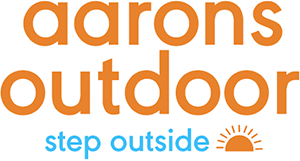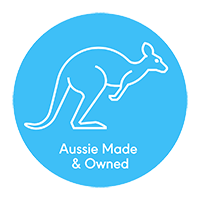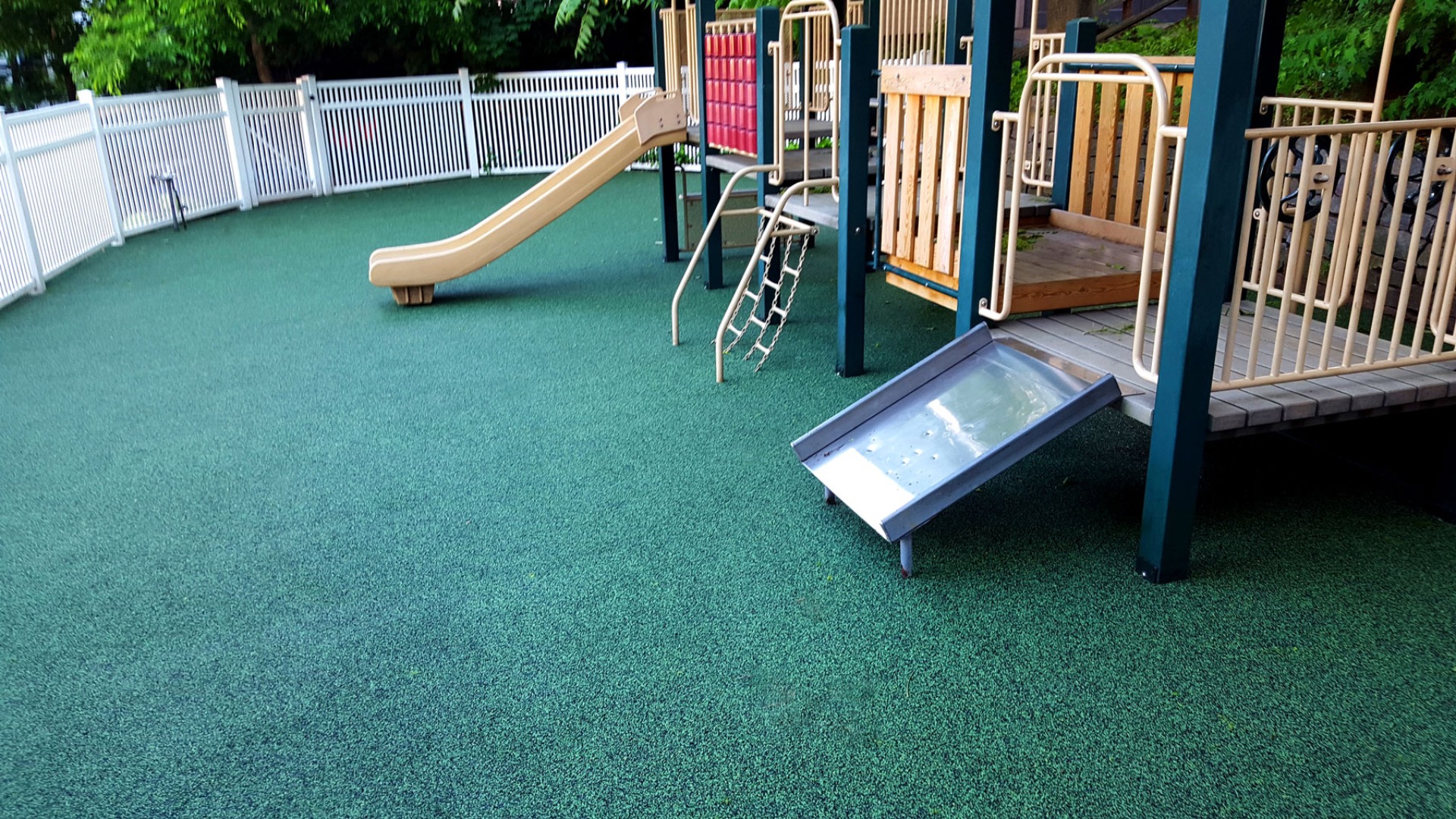 Selecting the optimal outdoor ground cover is one of the most important decisions when planning and designing a childcare centre’s play areas. The suitable surfacing provides safety, accessibility, and functionality for young children’s needs.
Selecting the optimal outdoor ground cover is one of the most important decisions when planning and designing a childcare centre’s play areas. The suitable surfacing provides safety, accessibility, and functionality for young children’s needs.
Three of the most popular options for childcare centres are poured rubber, artificial grass, and soft fall bark. All have unique benefits and drawbacks when factors like maintenance, durability, and cost are considered.
This article will examine the critical differences between these surface materials to help childcare centres determine which is best suited for their playgrounds and exterior play spaces based on climate, usage, and budget. Let’s weigh the pros and cons of each to help you provide the ideal outdoor environment for the children in your care.
Key Factors in Choosing a Ground Surface
Selecting the optimal outdoor ground surface for childcare centres involves carefully evaluating several vital factors. The suitable surfacing must balance safety, durability, accessibility, aesthetics, ease of maintenance, and affordability.
Safety and Fall Impact Absorption
Safety is crucial, as the surfacing must cushion falls and prevent major injuries. Wood floor flexibility is moderate, which can ease the pace of the weight load but also avoid the risk of children falling. All outdoor surfaces at childcare centres must meet minimum safety standards for impact absorption and attenuation.
Poured rubber is often rated the safest option, providing continuous coverage without gaps. The recycled rubber mats are installed over gravel to allow proper drainage.
The most important decision when choosing playground equipment is the material. Poured rubber surfacing can reduce fall impact by up to 50% compared to bark or grass. Artificial grass uses infill materials like sand or wet pour rubber and rubber tiles between the synthetic turf blades to enhance children’s safety.
Softfall bark meets standards when installed at adequate depth but can become patchy. Regular raking and replenishment are needed to maintain its safety qualities.
 Durability and Weather Resistance
Durability and Weather Resistance
The surfacing material must withstand heavy foot traffic from active children and exposure to outdoor weather or natural elements. Poured rubber is highly durable thanks to its resilient, recycled tyre composition.
It can last over 20 years with minimal wear and tear. Artificial grass is prone to fading over time when exposed to consistent sunlight. The fibres may flatten down without regular fluffing. Softfall bark quickly deteriorates and decomposes with everyday use.
It requires frequent topping up, which raises long-term costs. With proper drainage, poured rubber and artificial grass better withstand rain, snow, and other weather effects.
Accessibility and Ease of Use
The ground surface should accommodate those with disabilities and allow strollers or toys to maneuver over. Poured rubber and artificial grass create a smooth, seamless surface ideal for wheelchairs and walker access. You can also include informative signs that share playground rules or fun signs that encourage pretend play, such as traffic signals on bike paths.
Softfall bark tends to shift and settle unevenly, creating an uneven surface that impedes accessibility over time. The porous nature of artificial grass and bark also allows for good drainage during wet weather. Poured rubber may require drainage channels to be installed during application.
Aesthetics and Appeal
The surfacing should have an attractive, playful appearance to stimulate active outdoor play. Vibrant green artificial grass mimics a lush lawn and poured rubber comes in bright primary colours that can be blended into creative patterns.
Softfall bark has an organic, natural look but can appear patchy as it deteriorates. The visual appeal should also be consistent with the desired style for the playground space.
Maintenance Requirements
The regular maintenance needed for the surface should be factored into the decision. Poured rubber requires lower maintenance as it retains its appearance and performance for years.
Artificial grass needs occasional grooming to prevent matting and maintain its manicured look. Softfall bark requires the most maintenance through frequent raking and replenishing worn areas. This raises long-term costs compared to other options.
 Cost Comparisons
Cost Comparisons
Affordability plays a crucial role in choosing the ideal ground cover option. Softfall bark surfacing has the lowest upfront installation costs. Poured rubber has the highest initial investment but lasts over 20 years to offset this over its lifetime. Artificial grass provides a good compromise as a mid-range surface option when both upfront and future costs are considered. Proper installation also impacts overall cost, so choosing an experienced contractor is advised.
Types of Ground Surfaces
The three most common outdoor ground cover options at childcare centres are poured rubber, artificial grass, and softfall bark surfacing. Poured rubber involves a continuous rubber mat installed over a gravel base made from recycled tyres.
It provides excellent impact absorption for safety issues and is very durable. Artificial grass uses synthetic turf blades woven onto a porous backing for drainage.
It offers a lush appearance but requires occasional grooming. Softfall bark uses wood chips or mulch made from bark and recycled rubber.
It has good shock absorption and a natural look but can deteriorate and need frequent replenishment. Each surface has trade-offs regarding accessibility, maintenance, climate suitability, cost, and longevity. Carefully weighing the pros and cons allows childcare centres to select the ideal material for their specific needs and safe environment.
 Which Ground Surface is the Best Overall?
Which Ground Surface is the Best Overall?
When all the factors of safety, durability, accessibility, aesthetics, maintenance, and affordability are considered, poured rubber stands out as the best overall outdoor ground surface for childcare centres.
Despite higher initial costs, its unmatched safety ratings, weather resistance, low maintenance needs, and long lifespan make it a worthwhile investment. Poured rubber provides the ideal balance of cushioned safety, lasting performance, and accessibility for children.
Determining the optimal playground surfacing that suits your centre’s unique needs and budget is essential. The team at Aaron’s Outdoor has extensive experience designing, supplying, and installing quality commercial playground surfaces.
We offer free consultations to assess your space and recommend the ideal ground cover options. Kids can enjoy years of stimulating active play and learning with a suitable outdoor space. Contact Aaron’s Outdoor today to create a safe, durable, and appealing playground surface for your childcare centre.
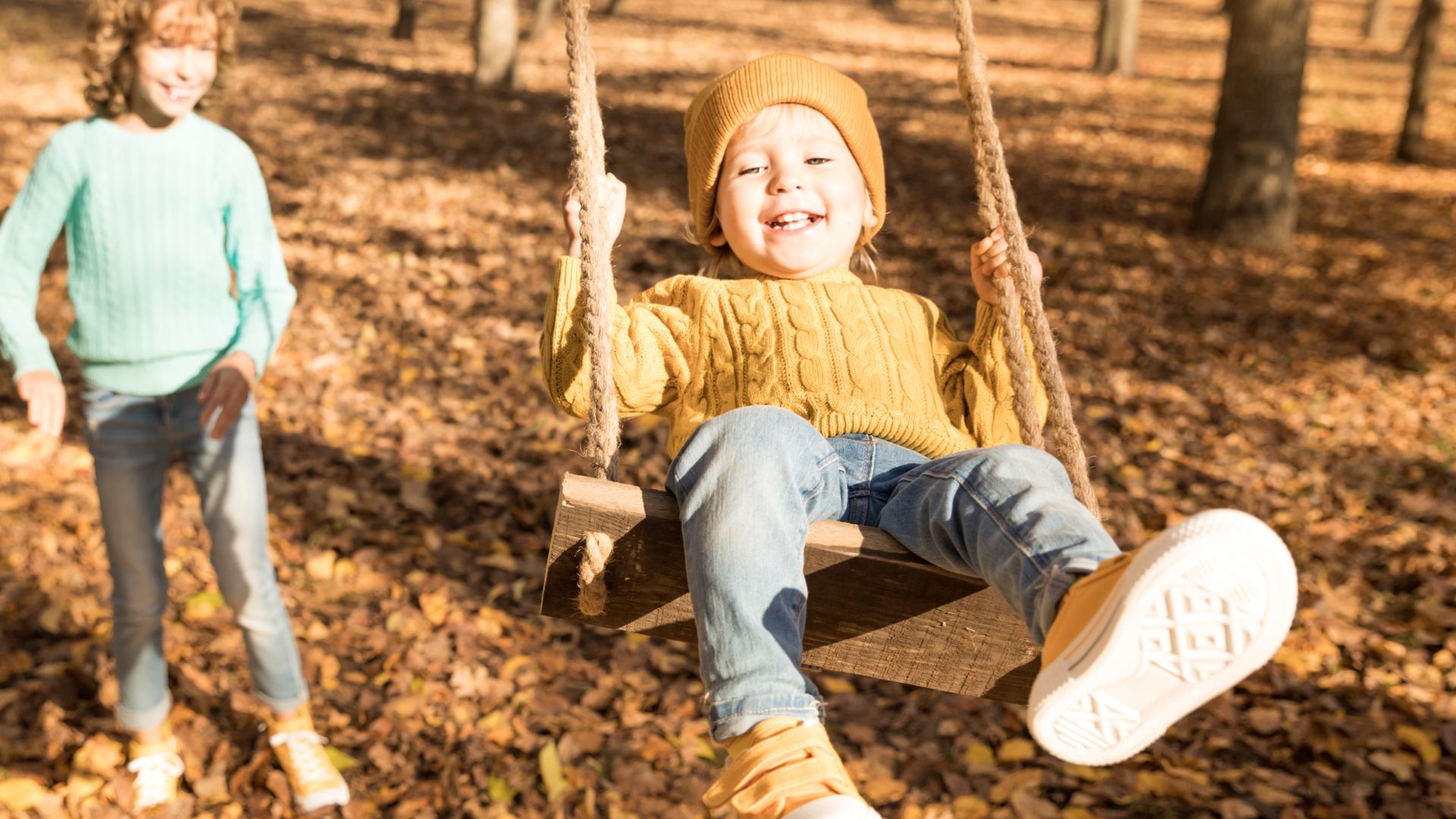 Durability and Weather Resistance
Durability and Weather Resistance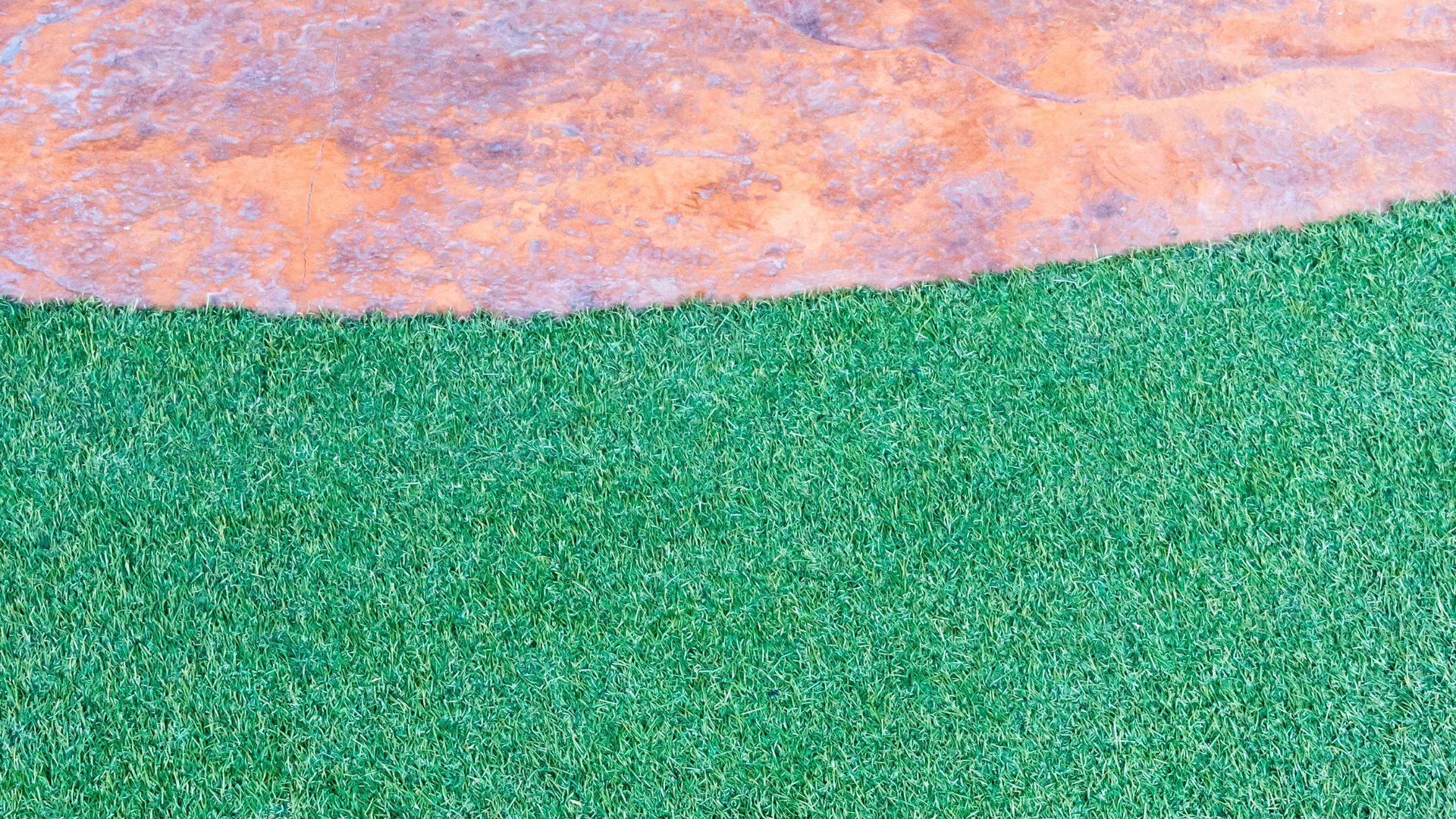 Cost Comparisons
Cost Comparisons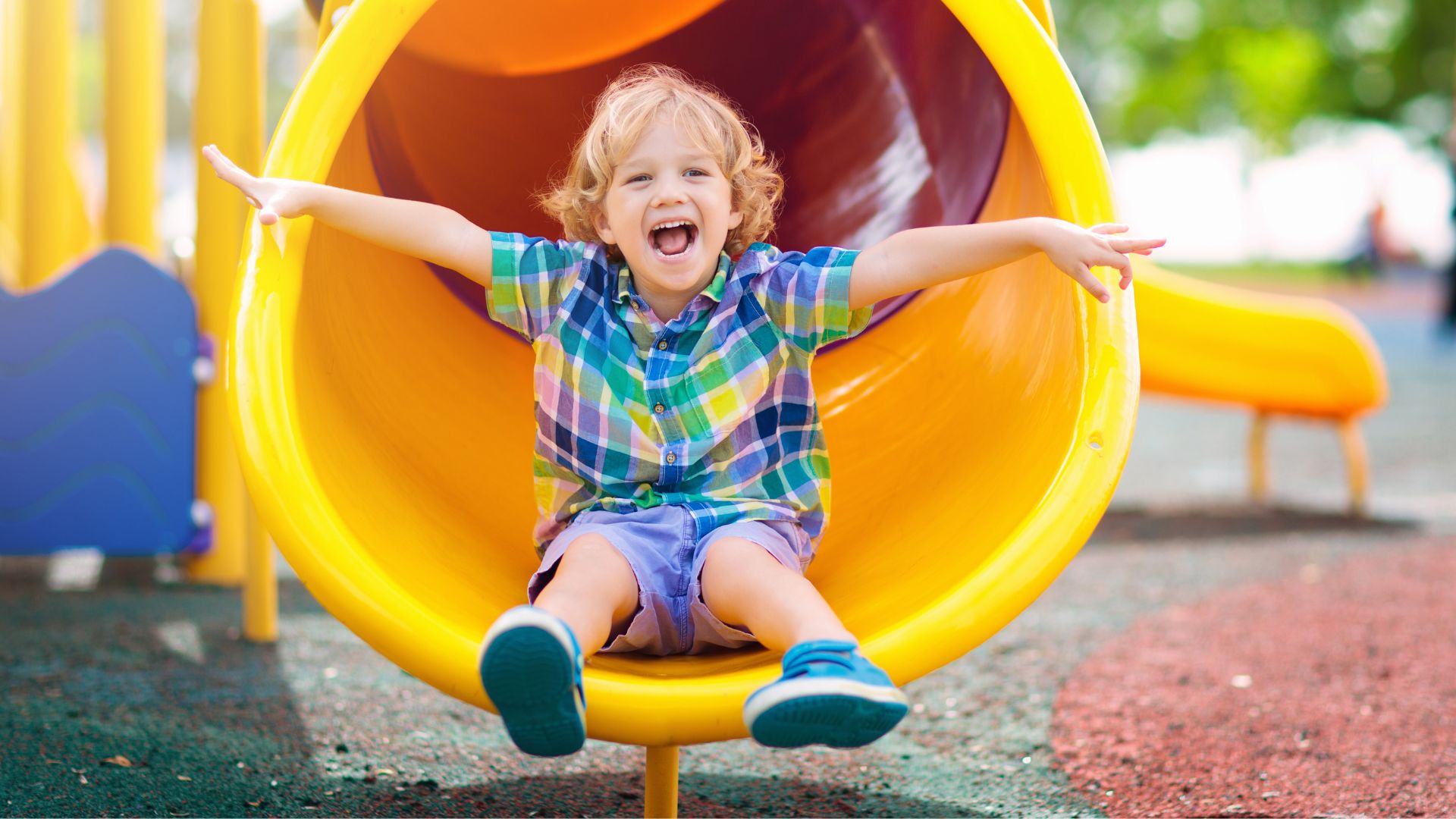 Which Ground Surface is the Best Overall?
Which Ground Surface is the Best Overall?